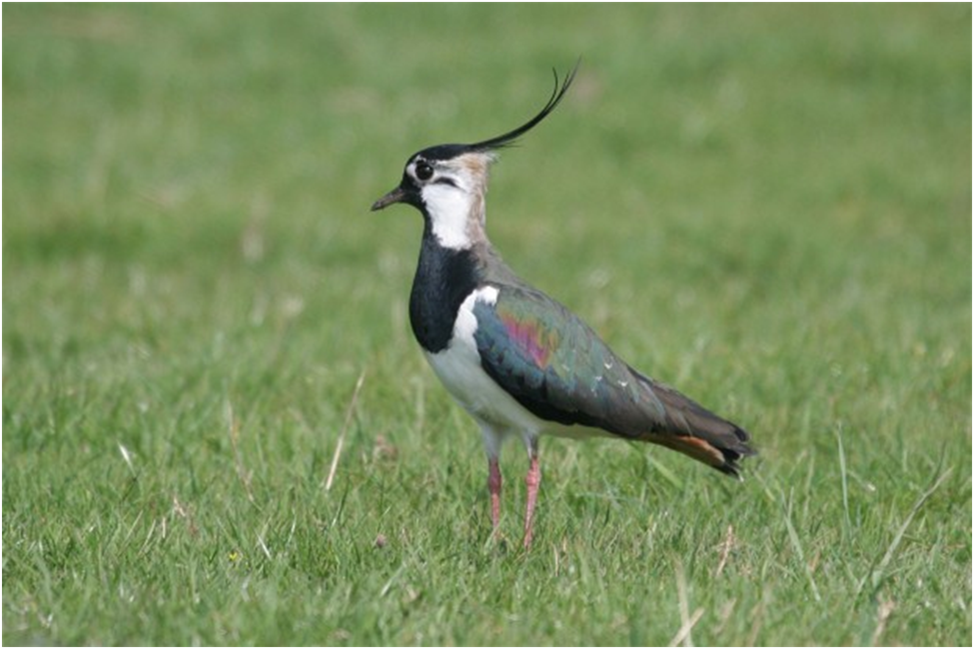It’s Not All Plover, Is It?
Lapwing numbers have long been in decline here in the UK, but now that habitat conservation is finally starting to come to the forefront in public awareness, is it too late to save them?
There have been many factors contributing to the reduction in Lapwing numbers, with distinct periods of population decline occurring over the past century and a half. Lapwing numbers in Britain began to decline in the mid 19th century, due to the wide spread collection of their eggs for food. The severity of the problem can be highlighted by the fact that one man alone collected 1,900 Lapwing eggs from the Norfolk marches in 1921. This decline was halted in 1926 when the Lapwing Act was passed, bringing large-scale egg collecting to an end.
After a short period of recovery, numbers again began to decline from the 1940’s onwards, due to large-scale changes in farming practices. These included large areas of grassland being turned into arable farmland, lower quality land being drained and improved and chemical fertilisers being used more regularly. After this period of decline there was another period of relative stability, with numbers steadying in the 1960’s.

The current species decline began in the mid-1980’s, with a combination of factors resulting in the lapwing now being placed on the IUCN Red List. One of the main factors contributing to this decline has been the increasing shift from spring to autumn sown crops. This results in a taller than usual spring crop, which is unsuitable for the Lapwings to nest in, consequently shortening the nesting season. A move away from the use of crop rotation has also led to there being less nesting sites for the species, as fields aren’t given time to replenish and grow back into suitable nesting habitats. Improvements in pasture land have also led to increasing levels of grazing, with more livestock resulting in increased risk of nest disturbance and trampling.
Lapwing populations have also been negatively impacted by the reduction in food availability. They feed on worms and insects, which have reduced in number due to two main factors. Firstly, an increase in the use of pesticides has reduced insect numbers in agricultural farmland and secondly, the increased drainage of marshland and small pools to make way for crops has led to less wet grasslands, which are vital feeding spots for the species.
An additional factor contributing to the downfall of the Lapwing is an increased level of nest predation. As a ground nesting species, their eggs are in constant threat of being taking by predators such as foxes and carrion crows, particularly during the night. Although recent studies have shown that increased predator numbers alone don’t always have negative effects on lapwing populations, when coupled with other factors they lead to a reduced productivity and population decline. The farming and habitat changes described previously lead to reduced lapwing numbers, meaning the nests are located further apart and they can’t be as well defended against predation.
Lapwings only need to fledge 0.6 young per pair to maintain their population on a yearly basis, however, the combination of factors negatively affecting them has made this hard to achieve. Particularly on intensely farmed arable landed or improved wetland, the birds struggle to fledge enough chicks and therefore can’t offset the natural mortality rate, leading to population decline.
On a positive note, with the right combination of sensible farming practice and direct conservation work the lapwing’s decline could be halted. The hard part, however, is implementing these practices and changing ways of farming that have now been in use for the best part of a century. Some of the changes that would need to be implemented to halt the current decline would include; changing back from autumn sown to spring sown crops, reducing the level of grazing on pastureland and reducing drainage on grasslands, to help retain ponds and damp areas. With the help of projects such as the Environmentally Sensitive Areas Scheme, working to encourage farmers to adopt agricultural practices that help safeguard wildlife and landscapes, it will hopefully be much easier to halt this decline and lead to a brighter future for our much loved ‘peewit’.
With the first of the lapwings beginning to arrive back from their upland breeding grounds, why not come down to Montrose Basin Visitor Centre and try to spot one of these dashing plovers?
Craig Shepherd,
Visitor Centre Assistant Manager.
Help protect Scotland’s wildlife
Our work to save Scotland’s wildlife is made possible thanks to the generosity of our members and supporters.
Join today from just £3 a month to help protect the species you love.
Preface
Lapwing numbers have long been in decline here in the UK, but now that habitat conservation is finally starting to come to the forefront in public awareness, is it too …
